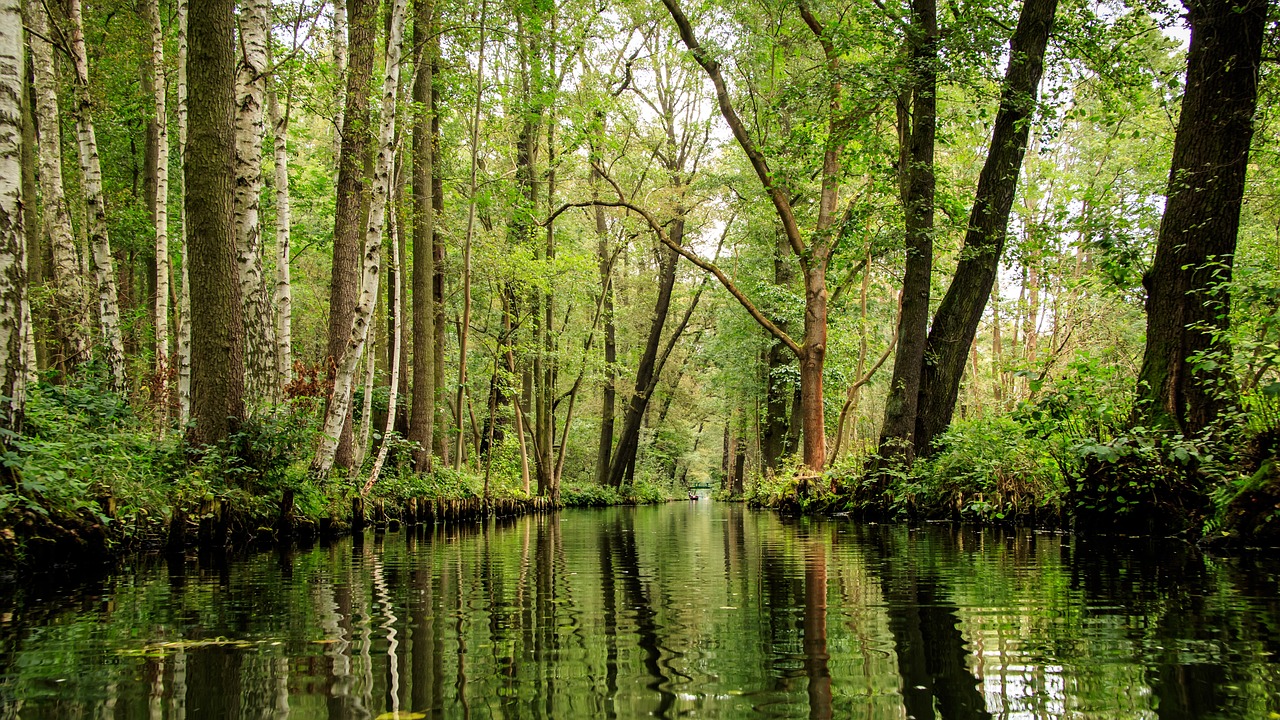Mexico is a land of rich biodiversity, boasting an incredible array of ecosystems and landscapes that are home to countless unique plants and animals. From the dense jungles of the Yucatan Peninsula to the vast deserts of the northern regions, Mexico’s biosphere reserves offer a fascinating glimpse into the country’s natural wonders. In this article, we will take you on a journey through these diverse reserves, highlighting their stunning beauty and the importance of conservation efforts in preserving these precious habitats. Get ready to immerse yourself in the richness of Mexico’s biosphere reserves, from the lush jungles to the arid deserts.
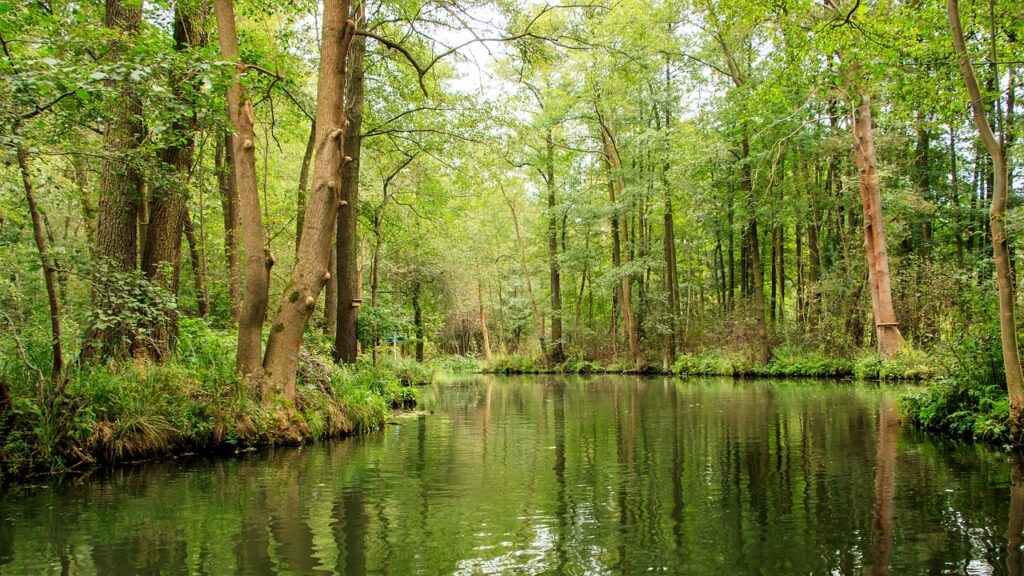
Jungles in Mexico’s Biosphere Reserves
Introduction to Mexico’s jungle biosphere reserves
Mexico is home to a diverse range of biosphere reserves, each showcasing unique ecosystems and offering a plethora of natural wonders to explore. Among these reserves, the jungles hold a special place, with their lush greenery, abundant wildlife, and rich biodiversity. These jungles not only provide a sanctuary for numerous plant and animal species, but they also play a crucial role in preserving Mexico’s natural heritage. In this article, we will take a closer look at some of Mexico’s jungle biosphere reserves, from El Triunfo to Calakmul, and delve into the significance and beauty of these remarkable ecosystems.
The significance of Mexico’s jungle ecosystems
Mexico’s jungle ecosystems are of paramount importance in preserving the country’s biodiversity. They serve as vital habitats for an astonishing variety of flora and fauna, many of which are endemic and found nowhere else in the world. These jungles act as nurseries for countless plant species and provide a habitat for numerous animal species, including jaguars, monkeys, and tropical birds. Moreover, they also play a crucial role in maintaining ecological balance by contributing to carbon sequestration, water conservation, and soil fertility. As such, protecting and conserving Mexico’s jungle ecosystems is not only essential for the survival of these unique species but also for the well-being of the planet as a whole.
Exploring the flora and fauna of jungle reserves
Venturing into Mexico’s jungle biosphere reserves is like stepping into a whole new world brimming with life and vibrancy. The dense foliage and towering trees create a canopy under which an incredible array of plant species thrives. From towering ceiba trees and vibrant orchids to delicate ferns and towering palms, the jungles of Mexico are a botanist’s paradise. As you wander through the lush greenery, you may come across a cacophony of sounds, ranging from the melodic chirping of tropical birds to the chatter of monkeys swinging through the branches. Rare and elusive creatures like the endangered quetzal and the resplendent quail are just a few examples of the remarkable species that call these jungles their home. Exploring Mexico’s jungle reserves allows you to witness firsthand the wonders of nature and develop a deeper appreciation for the intricate interconnectedness of all species within these ecosystems.
1. El Triunfo Biosphere Reserve – A Jewel of Jungle Biodiversity
Overview of El Triunfo Biosphere Reserve
Located in the southern state of Chiapas, El Triunfo Biosphere Reserve is a true gem when it comes to jungle biodiversity. Spanning over 119,177 hectares, this reserve boasts breathtaking landscapes, pristine cloud forests, and a stunning array of flora and fauna. El Triunfo is characterized by its rugged terrain, with steep slopes and deep valleys that create microclimates favorable to a rich diversity of species. As you explore this reserve, you will encounter towering trees, cascading waterfalls, and an abundance of wildlife hidden amidst the dense foliage.
Unique features and biodiversity of El Triunfo
El Triunfo Biosphere Reserve stands out for its extraordinary biodiversity. It is home to an impressive number of plant species, with estimates ranging from 2,000 to 4,000 different types of plants. Among these, numerous endemic species can be found, including the iconic Montezuma cypress. The reserve is also renowned for its diverse range of animal species, with over 800 documented species calling it home. Critically endangered species like the black-handed spider monkey and the Central American tapir find refuge within the confines of El Triunfo. Additionally, this reserve provides habitat for over 300 species of birds, making it a paradise for birdwatchers.
Adventure activities and attractions in El Triunfo
El Triunfo Biosphere Reserve offers a plethora of activities for adventure enthusiasts and nature lovers alike. Hiking through the cloud forests, visitors can witness the breathtaking beauty of the landscape while discovering hidden waterfalls and encountering a myriad of flora and fauna along the way. For those seeking a more immersive experience, camping is available within designated areas, allowing visitors to spend the night amidst the enchanting sounds of the jungle. Birdwatching is a popular activity in El Triunfo, given the abundance of bird species. Guided tours are available to help visitors navigate the vast reserve and learn about the unique ecosystems and conservation efforts in place.
2. Calakmul Biosphere Reserve – The Kingdom of the Maya Jungle
Discovering the ancient Maya civilization in Calakmul
Situated in the Mexican states of Campeche and Quintana Roo, Calakmul Biosphere Reserve not only offers a glimpse into the wonders of the jungle but also holds immense historical and cultural significance. At its heart lies the ancient Maya city of Calakmul, once a thriving metropolis of the Maya civilization. Today, the ruins of this majestic city serve as a testament to the ingenuity and sophistication of the Maya people. Exploring Calakmul allows you to step back in time and witness the remnants of an ancient civilization, from towering pyramids to intricately carved stone stelae.
Flora and fauna wonders in Calakmul
Beyond its archaeological treasures, Calakmul Biosphere Reserve is renowned for its remarkable flora and fauna. The jungle landscape is dominated by towering ceiba trees and mahogany trees, creating a lush canopy that provides shade and shelter for countless species. The reserve is home to elusive and endangered creatures such as the jaguar and the tapir, which have found refuge within the protected boundaries of Calakmul. Bird enthusiasts will be delighted by the variety of avian species, including the keel-billed toucan and the ocellated turkey. Additionally, Calakmul serves as an important stopover for migratory birds, adding to its ecological significance.
Challenges and conservation efforts in Calakmul
While Calakmul Biosphere Reserve is undoubtedly a haven for biodiversity, it faces various conservation challenges. The encroachment of agricultural activities and illegal hunting pose a threat to the delicate ecosystem. Additionally, the sites of archaeological importance within the reserve require careful preservation to protect their historical value. However, numerous conservation initiatives and research projects are in place to address these challenges. Local communities are actively involved in sustainable tourism and conservation efforts, ensuring the long-term protection of Calakmul’s natural and cultural heritage.
Deserts in Mexico’s Biosphere Reserves
Introduction to Mexico’s desert biosphere reserves
Mexico’s biosphere reserves are not limited to lush jungles; they also encompass vast and unique desert regions. These arid landscapes offer incredible diversity and adaptations, showcasing the resilience of life in harsh conditions. Mexico’s desert biosphere reserves, such as El Pinacate and Gran Desierto de Altar, and Cuatro Ciénegas, provide an opportunity to explore the contrasting beauty of desert ecosystems.
The unique landscapes and adaptations of desert regions
The deserts of Mexico are characterized by their unique landscapes, shaped by centuries of geological processes and volcanic activity. El Pinacate and Gran Desierto de Altar, for example, encompass a rugged volcanic terrain, featuring cinder cones, lava flows, and impressive sand dunes. In contrast, Cuatro Ciénegas is a desert oasis, known for its natural pools and meandering streams amidst the arid landscape. The flora and fauna of these desert regions have evolved extraordinary adaptations to survive in the harsh conditions, such as drought tolerance and heat resistance.
Exploring the diversity of desert flora and fauna
Despite the seemingly inhospitable conditions, Mexico’s desert biosphere reserves support a surprising variety of plant and animal species. El Pinacate and Gran Desierto de Altar showcase unique desert plant communities, including desert ironwood trees and cholla cacti. The dunes and playas of these reserves are also home to a diverse range of reptiles and insects, adapted to the extreme temperatures and limited water resources. Cuatro Ciénegas, on the other hand, boasts an impressive array of endemic species, with over 1,000 types of plants and numerous aquatic animals that have adapted to the unique aquatic habitats found within the reserve. Exploring these desert reserves opens up a world of fascination and reveals the remarkable ability of life to adapt and thrive in seemingly hostile environments.
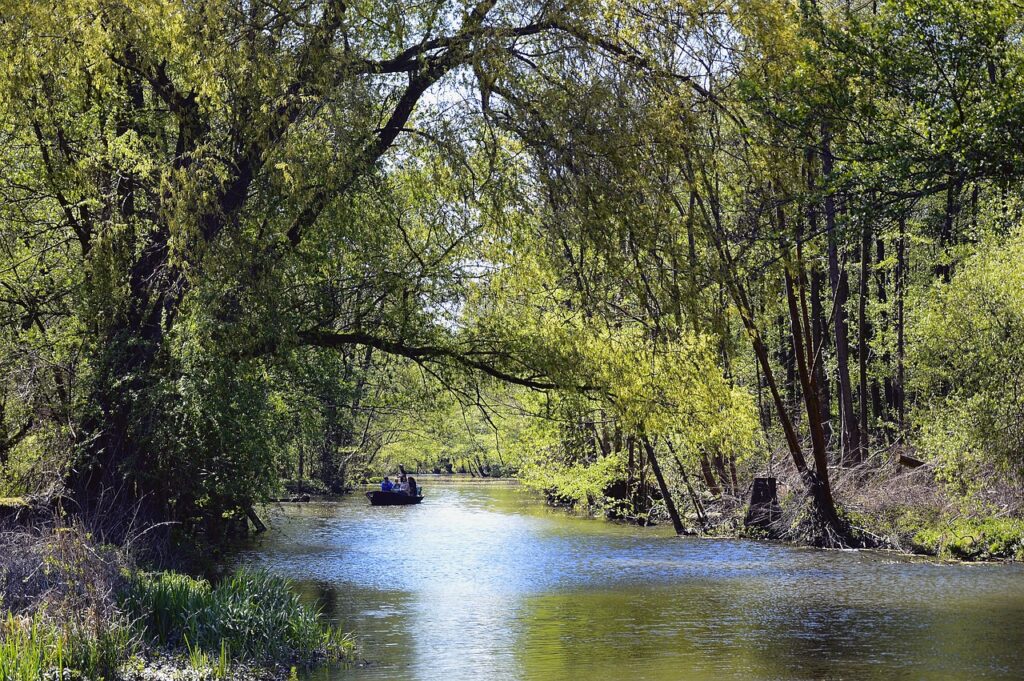
3. El Pinacate and Gran Desierto de Altar Biosphere Reserve – A Desert Wilderness
Discovering the volcanic wonders of El Pinacate
El Pinacate and Gran Desierto de Altar Biosphere Reserve is a testament to the power and beauty of volcanic activity. This desert reserve, located in the northwestern state of Sonora, showcases an otherworldly landscape shaped by ancient volcanic eruptions. The reserve is known for its remarkable volcanic features, including over 400 cinder cones and the iconic El Elegante Crater. The stark desert wilderness of El Pinacate offers a unique opportunity to witness the geological forces that have shaped the Earth’s surface over millions of years.
Unique desert ecosystems and adaptations
Within the boundaries of El Pinacate and Gran Desierto de Altar Biosphere Reserve, a diverse range of desert ecosystems can be found. The towering sand dunes create a habitat for specialized species, such as the endemic Pinacate beetle, known for its ability to collect water from the mist-laden sea breezes. The reserve is also home to numerous plant species, including the iconic organ pipe cactus and the saguaro cactus. These plants have evolved incredible adaptations to survive the extreme heat and limited water availability, such as storing water in their stems and having shallow but extensive root systems.
Activities and attractions in El Pinacate and Gran Desierto de Altar
Exploring El Pinacate and Gran Desierto de Altar Biosphere Reserve offers a range of activities and attractions for adventure seekers. Hiking and nature walks allow visitors to immerse themselves in the desert landscape, providing an opportunity to witness the unique wildlife and plant species up close. The sand dunes provide an exciting setting for sandboarding and off-road adventures, while camping beneath the desert sky allows for a truly immersive experience. Guided tours are available to provide insights into the geological wonders and the important conservation efforts carried out within the reserve.
4. Cuatro Ciénegas Biosphere Reserve – An Oasis in the Desert
Overview of Cuatro Ciénegas and its protected habitats
Cuatro Ciénegas Biosphere Reserve, located in the northern state of Coahuila, stands in stark contrast to the typical arid landscapes associated with deserts. This unique reserve is an oasis in the desert, comprising numerous interconnected springs, pools, and wetlands. The reserve’s name, which translates to “Four Marshes,” refers to the four main spring-fed lagoons that form the heart of this remarkable ecosystem. These protected habitats offer a glimpse into the evolutionary processes that have shaped life in these desert regions.
Endemic species and biodiversity in the oasis
Cuatro Ciénegas Biosphere Reserve is known for its incredible biodiversity and high endemism, with numerous species found exclusively within its boundaries. Over 70 species of endemic plants and more than 40 species of endemic aquatic invertebrates can be found in this desert oasis. The spring-fed lagoons provide habitat for a variety of fish species, including two endemic species, the Cuatro Ciénegas pupfish and the Cuatro Ciénegas gambusia. Birdwatchers will delight in the opportunity to spot species such as the elusive Cuatro Ciénegas cormorant.
Conservation challenges and sustainable tourism initiatives
Despite its protected status, Cuatro Ciénegas Biosphere Reserve faces numerous conservation challenges. The sensitive aquatic habitats are under threat from excessive water extraction for agricultural purposes, leading to the drying up of springs and wetlands. Additionally, invasive species have been introduced to some of the lagoons, disrupting the delicate balance of the ecosystem. To tackle these challenges, conservation efforts are underway, focusing on sustainable water management and restoration projects. In addition to the conservation initiatives, sustainable tourism practices have been introduced to promote awareness of the reserve’s unique ecological value, while minimizing negative impacts on the fragile ecosystem.
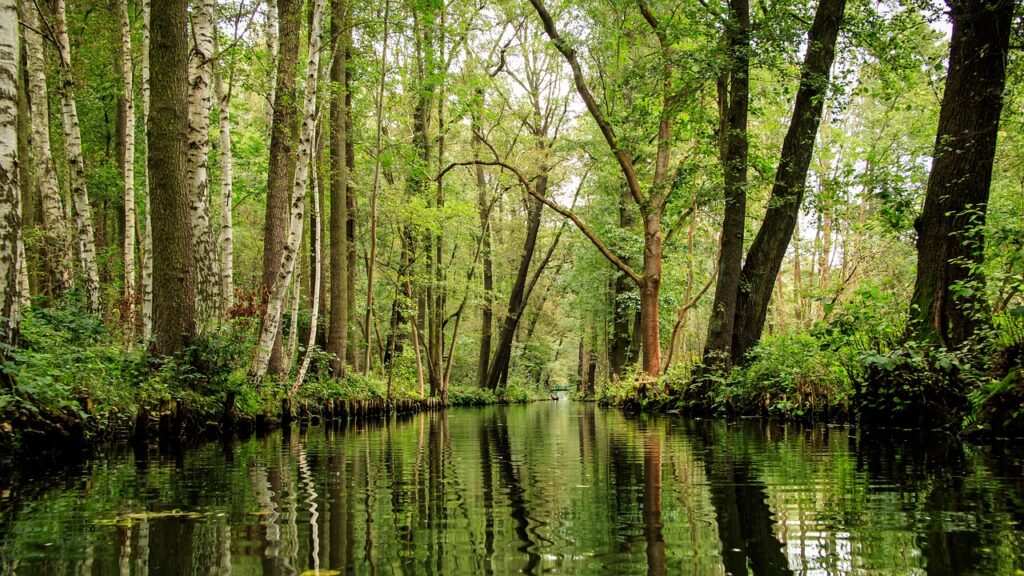
Coastal Reserves: Where Jungle Meets Sea
Introduction to Mexico’s coastal biosphere reserves
Mexico’s coastal biosphere reserves offer a fascinating blend of jungle and marine ecosystems, creating a unique and dynamic environment. These reserves, such as Sian Ka’an and Rio Lagartos, provide a haven for a wide range of plant and animal species, both on land and in the sea. Exploring Mexico’s coastal reserves allows visitors to witness the intricate interplay between these two diverse ecosystems and gain a deeper understanding of their ecological importance.
The dynamic ecosystems of coastal regions
Mexico’s coastal biosphere reserves are characterized by their dynamic ecosystems, shaped by the influence of both land and sea. The mangrove forests that line the shores are vital breeding grounds for numerous marine species, acting as nurseries for fish and providing a habitat for birds and reptiles. The intricate network of lagoons, marshes, and estuaries within these reserves offer a diverse range of ecosystems, from seagrass beds to coral reefs. This rich variety of habitats sustains a remarkable diversity of marine life, including turtles, dolphins, and vibrant coral communities.
The interplay between jungle and sea
The coastal biosphere reserves of Mexico offer a unique opportunity to witness the interplay between the jungle and the sea. The dense jungle vegetation extends right up to the sandy beaches, creating a transition zone where terrestrial and marine species interact. Endangered sea turtles, such as the loggerhead and the hawksbill, nest on these protected beaches, utilizing the cover provided by the surrounding jungle. At the same time, the nutrient-rich waters adjacent to these reserves provide feeding grounds for numerous marine species, attracting migratory birds and creating a complex web of ecological relationships. Exploring the coastal reserves allows you to witness firsthand the breathtaking beauty of this delicate balance between land and sea.
5. Sian Ka’an Biosphere Reserve – The Jewel of the Mexican Caribbean
Overview of Sian Ka’an Biosphere Reserve
Stretching along the coast of the Yucatan Peninsula, Sian Ka’an Biosphere Reserve is a true jewel of the Mexican Caribbean. Covering over 500,000 hectares, it is one of the largest protected areas in Mexico and a UNESCO World Heritage Site. Sian Ka’an, which means “Origin of the Sky” in the Mayan language, encompasses a diverse range of ecosystems, including mangroves, marshes, tropical forests, and coastal dunes. This vast reserve offers a treasure trove of natural wonders, both on land and in the sea.
Exploring the diverse habitats and marine life
Sian Ka’an Biosphere Reserve is a paradise for nature enthusiasts, offering a multitude of unique habitats to explore. The reserve’s extensive network of mangroves provides a sanctuary for countless bird species, including flamingos, herons, and roseate spoonbills. Exploring the tropical forests, visitors may encounter spider monkeys swinging through the trees or the vibrant plumage of toucans. Venturing into the crystal-clear waters of the Caribbean Sea reveals a vibrant underwater world teeming with colorful coral reefs, tropical fish, and the majestic manatees that call these waters home. Snorkeling and diving trips allow visitors to immerse themselves in this marine wonderland and witness the incredible biodiversity that thrives beneath the surface.
Sustainable tourism practices in Sian Ka’an
Recognizing the need to balance tourism with conservation, Sian Ka’an Biosphere Reserve has implemented sustainable tourism practices to minimize the impact on the fragile ecosystems. The reserve offers guided tours led by knowledgeable local guides who provide insight into the unique flora, fauna, and cultural heritage of the area. Visitors are encouraged to respect the environment and follow guidelines to protect the delicate balance of the ecosystems. By promoting responsible tourism, Sian Ka’an ensures that future generations can continue to appreciate the beauty and significance of this natural treasure.
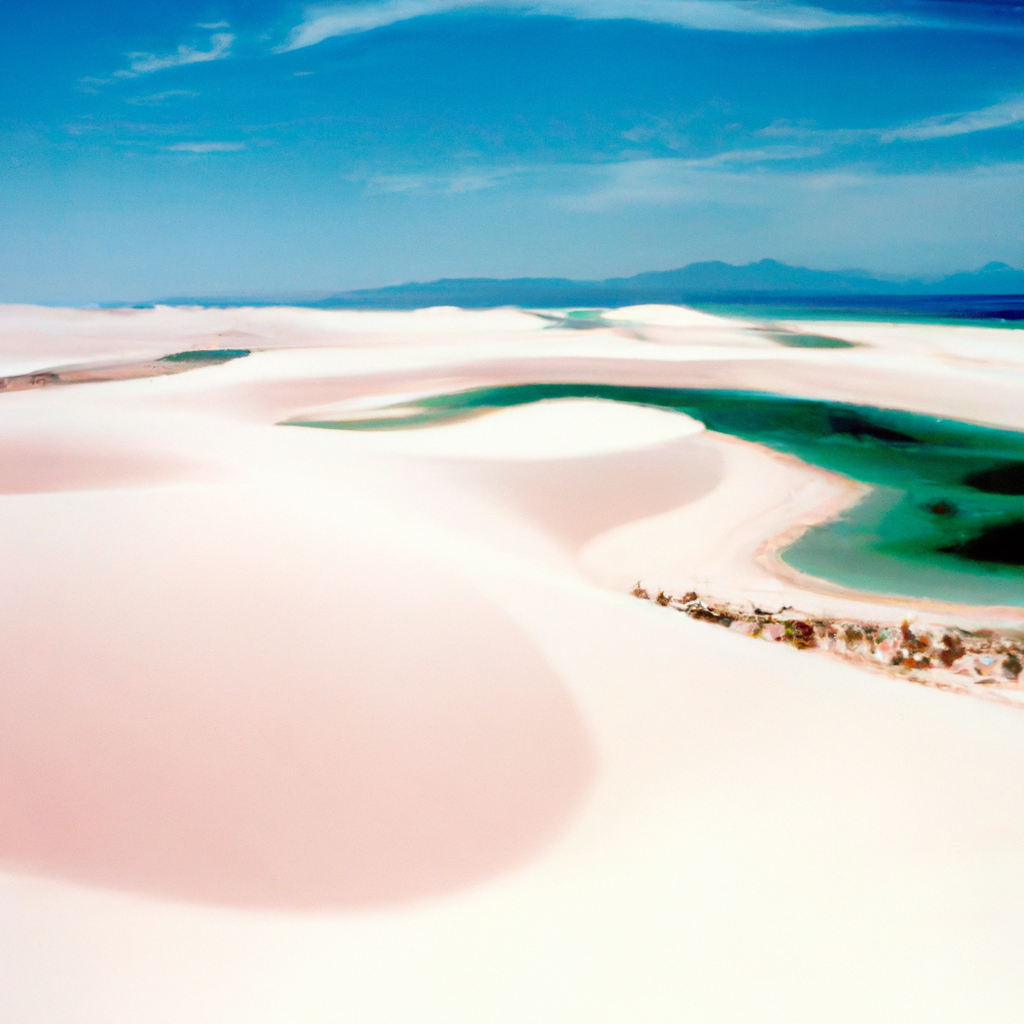
6. Rio Lagartos Biosphere Reserve – Where Pink Flamingos Roam
Birdwatching and wildlife in Rio Lagartos
Nestled on the northern coast of the Yucatan Peninsula, Rio Lagartos Biosphere Reserve is a haven for birdwatchers and wildlife enthusiasts. This coastal reserve, named after the river that runs through it and the numerous crocodiles (lagartos) that inhabit its waters, supports a staggering diversity of bird species. The most iconic of these are the vibrant pink flamingos that flock to the reserve in impressive numbers, creating a spectacle that is truly awe-inspiring. With over 380 species of birds documented in the area, Rio Lagartos is a birdwatcher’s paradise.
The unique salt flats and mangrove ecosystems
In addition to its avian inhabitants, Rio Lagartos Biosphere Reserve is known for its unique salt flats and mangrove ecosystems. The salt flats, also known as Las Coloradas, take on striking hues of pink and red due to the presence of microscopic algae and brine shrimp. These colorful salt ponds serve as feeding grounds for migratory birds and provide a stunning backdrop for nature photography. The reserve’s dense mangrove forests are a vital breeding ground for many species, offering protection for young fish and a habitat for reptiles such as crocodiles and boa constrictors. Boat tours along the river allow visitors to explore these mangrove ecosystems and witness the abundance of wildlife that thrives within them.
Environmental challenges and conservation efforts
Like many other biosphere reserves, Rio Lagartos faces a number of environmental challenges that threaten its delicate ecosystems. Pollution and habitat degradation from human activities, as well as climate change, pose significant threats to the reserve’s biodiversity. Efforts are underway to address these challenges and ensure the long-term protection of Rio Lagartos. Local communities, government agencies, and nonprofit organizations are working together to implement sustainable practices, promote conservation awareness, and support research initiatives. By raising awareness and fostering a sense of stewardship, these conservation efforts hope to safeguard the unique natural heritage of Rio Lagartos for generations to come.
Volcano Reserves: The Power and Beauty of the Mountains
Introduction to Mexico’s volcano biosphere reserves
Mexico’s volcano biosphere reserves offer a glimpse into the dramatic landscape shaped by the country’s volcanic activity. These reserves, such as Nevado de Toluca and Pico de Orizaba, not only showcase the raw power of nature but also harbor unique ecosystems and endemic species. Exploring Mexico’s volcano reserves allows visitors to appreciate the geological wonders of the mountains and discover the remarkable adaptations of life in these extreme environments.
The geological wonders and volcanic activity
Mexico’s volcano biosphere reserves are characterized by their awe-inspiring landscapes and the potent forces that shaped them. These reserves encompass towering volcanic peaks, ancient craters, and breathtaking landscapes created by volcanic eruptions. Nevado de Toluca, for example, showcases the stunning beauty of a stratovolcano, with its snow-capped summit and pristine crater lakes. Pico de Orizaba, the highest volcano in Mexico, offers a challenging ascent for mountaineers and rewards them with panoramic views of the surrounding landscape. The geological wonders of these reserves stand as a testament to the dynamic nature of our planet.
Biodiversity and unique adaptations in volcanic environments
Despite the harsh conditions posed by volcanic environments, Mexico’s volcano biosphere reserves support a surprising diversity of flora and fauna. The unique combinations of elevation, temperature, and moisture create a variety of microclimates that support a range of plant species. From alpine meadows and conifer forests to hardy high-altitude shrubs, the plant life in these reserves has evolved remarkable adaptations to survive the extreme conditions. These volcanic landscapes also offer a habitat for numerous animal species, including the endangered volcano rabbit and the elusive puma. The biodiversity found within Mexico’s volcano reserves serves as a testament to the resilience and adaptability of life.
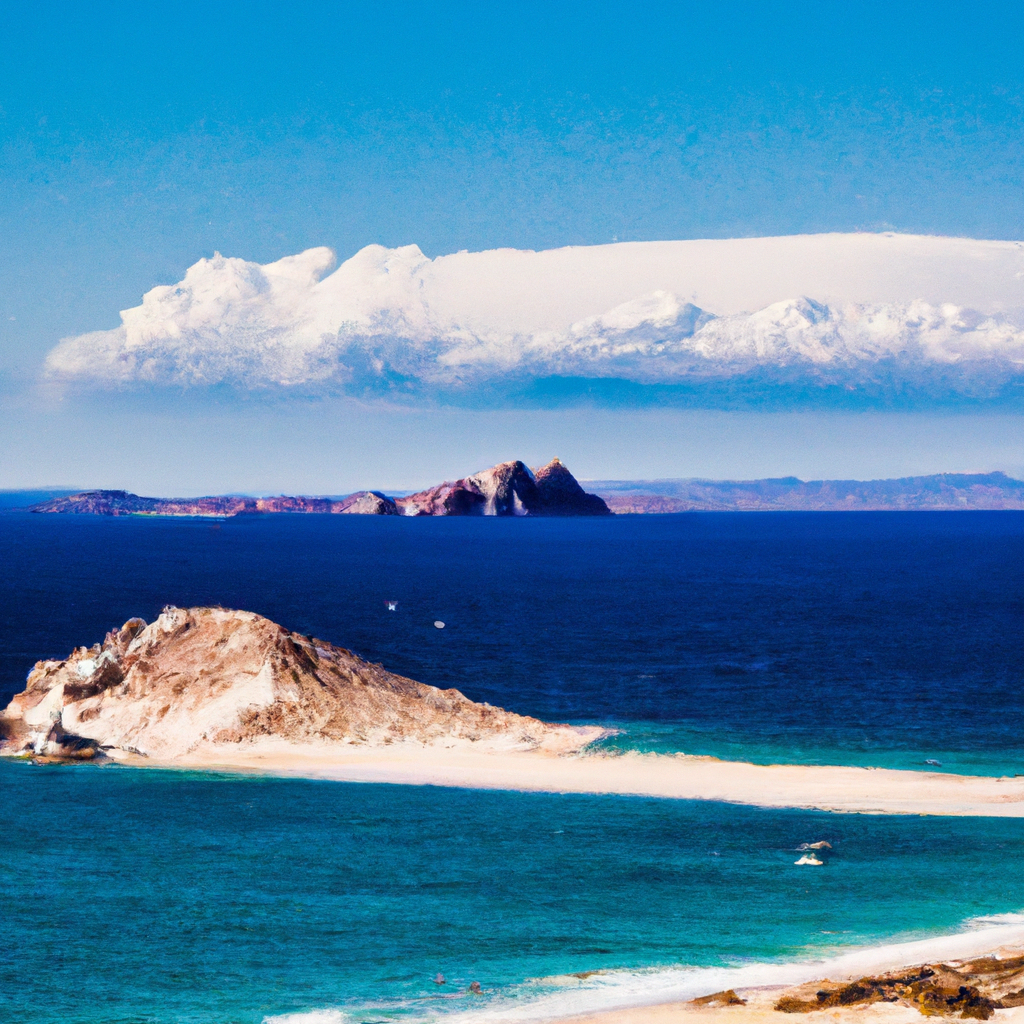
7. Nevado de Toluca Biosphere Reserve – The Enigmatic Mountain
Overview of Nevado de Toluca and its volcanic landscapes
Nevado de Toluca Biosphere Reserve, located in the states of Mexico and Michoacán, is a captivating destination that showcases the enigmatic beauty of a dormant volcano. Rising to an impressive height of 4,680 meters, Nevado de Toluca is an iconic landmark in Mexico’s volcanology. The reserve offers a unique opportunity to witness the dramatic volcanic landscapes sculpted by ancient eruptions and explore the hidden treasures within its boundaries.
Flora and fauna amidst volcanic peaks
Despite its formidable landscape, Nevado de Toluca Biosphere Reserve supports a surprising number of plant and animal species. The diverse range of elevation within the reserve creates distinct ecological zones, each supporting its own unique flora and fauna. From subalpine forests to alpine meadows, visitors can observe the transition from coniferous forests to hardy high-altitude shrubs. The reserve is also home to a variety of avian species, such as the black-headed nightingale-thrush and the greenish warbler. Additionally, elusive mammals, like the American pika and the endemic volcano rabbit, can be spotted amidst the rocky slopes.
Hiking and mountaineering opportunities
For those seeking adventure, Nevado de Toluca Biosphere Reserve offers a range of hiking and mountaineering opportunities. The volcanic peaks of the reserve provide a challenging ascent for mountaineers, rewarding them with breathtaking panoramic views from the summit. The crater lakes, known as “The Sun” and “The Moon,” add to the allure of this majestic mountain, creating a surreal and stunning contrast against the harsh volcanic landscape. Hiking trails of varying difficulty cater to different levels of experience, allowing visitors to explore the reserve’s diverse ecosystems and immerse themselves in the natural beauty of the Nevado de Toluca.
8. Pico de Orizaba Biosphere Reserve – The Roof of Mexico
Discovering the highest volcano in Mexico
Pico de Orizaba Biosphere Reserve is home to the crown jewel of Mexico’s volcano biosphere reserves – Pico de Orizaba, also known as Citlaltépetl. Rising to an impressive height of 5,636 meters, Pico de Orizaba stands as the highest volcano in Mexico and one of the most iconic peaks in North America. This majestic mountain beckons adventure enthusiasts and mountaineers, offering a thrilling opportunity to conquer its summits and witness the breathtaking views from the top.
Endangered species and alpine flora
Despite the harsh conditions imposed by the volcano’s altitude, Pico de Orizaba Biosphere Reserve supports a surprising diversity of alpine flora and fauna. The rocky slopes and crevices are adorned with unique plant species, such as the multicolored volcanic prickly poppy and the aromatic Escobaria sneedii cactus. The reserve is also home to several endangered species, including the Mexican yellow-faced bumblebee, which has adapted to the high-altitude environment. Birdwatchers may also spot species like the white-tailed hummingbird and the golden eagle soaring above the snow-capped peaks.
Challenges of preserving a high-altitude ecosystem
Preserving a high-altitude ecosystem such as Pico de Orizaba Biosphere Reserve presents numerous challenges. Harsh climatic conditions, including extreme temperatures and high winds, create an inhospitable environment for both plant and animal life. Additionally, the mountain’s popularity among climbers brings the risk of environmental degradation if not managed properly. Conservation efforts in Pico de Orizaba focus on promoting responsible mountaineering practices, raising awareness about the fragile ecosystems, and implementing research projects to monitor and protect the endangered species that call this reserve home.
In conclusion, Mexico’s biosphere reserves are a testament to the country’s remarkably diverse natural heritage. From the lush jungles to the arid deserts, these reserves offer a captivating array of ecosystems, each with its own unique charm and significance. Whether exploring the vibrant flora and fauna of El Triunfo, discovering the ancient ruins of Calakmul, witnessing the wonders of the desert in El Pinacate and Cuatro Ciénegas, or immersing oneself in the interplay between jungle and sea, Mexico’s biosphere reserves beckon adventurers of all kinds. By appreciating and protecting these remarkable natural habitats, we can ensure the preservation of Mexico’s biodiversity for generations to come.
